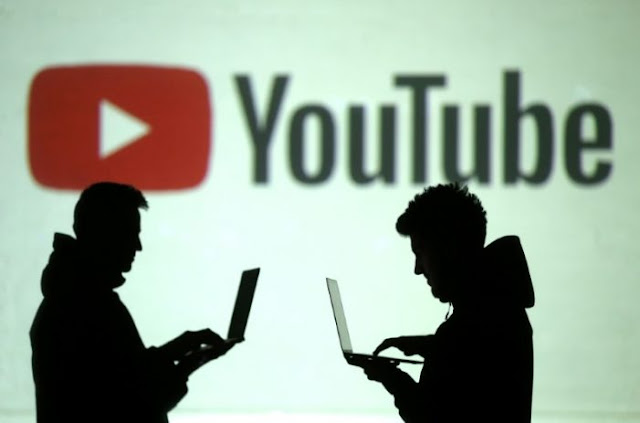YouTube is completely changing the way it measures success on the biggest video site of the world following a series of scandals. There is just one problem, The company is still deciding how this new approach actually works.
The division of Google introduced two new internal metrics in the previous two years for gauging how well all the videos are performing, according to people familiar with the plans of the company. One tracks the total time people spend on the platform YouTube, including several different comments they read and post, not just the clips they watch. The other is a measurement called quality watch time, a squishier statistic with a goal that is quite noble: To spot content which achieves something more constructive than just keeping users glued to their mobile phones.
The changes are supposed to reward all the videos that are more palatable to various advertisers and the broader public and help YouTube ward off some criticism that its service is quite addictive and is totally socially corrosive. Creating the right metric for success could help marginalize all the videos that are inappropriate, or popular among small but various active communities with very extreme views. It could also help YouTube company make up for previous failures in curbing the spread of harmful toxic content.
YouTube, like various other parts of Google, uses these metrics that are corporate as goal posts for most business and technical decisions – how it usually pays staff and creates critical software program like its recommendation system. But the organization has yet to settle on how the quality watch time metric actually works, or communicate how the new measure will impact millions of content creators who upload videos to the website.
Starting in the year of 2012, YouTube rebuilt its business model and service around watch time, a measure of how much time the users actually spent viewing the footage. A spokeswoman said the change was made to reduce deceptive video clips that contain clickbait. Critics outside and inside the organization said the focus on watch time rewarded offensive and outlandish videos.
YouTube declined to comment on a lot of new metrics, but a spokeswoman actually said that there are many metrics that we generally use to measure success. The organization also did not share whether it has abandoned watch time. But its various leaders have said repeatedly that they are addressing its problem of the content. They have stressed that they want to do much more than punishing the people who upload or spread quite nasty videos. Executives there recently began talking about content rewarding based on a rubric for the major responsibility. The organization saw how the bad actions of a few individuals can impact quite negatively the entire creator ecosystem, and that is why we put even more focus on responsible growth, Susan Wojcicki, chief executive officer of YouTube, wrote in a February month blog post.
To date, a lot of the efforts that YouTube has cited publicly are about its engine recommendation, which promotes all the videos based on their viewer behavior and content. A spokeswoman said YouTube changed the entire algorithm for that system in the year of 2016 to focus on satisfaction. They gauge this with a lot of factors, including surveys of the viewer, how often people share video clips and the like and dislike buttons on the respective videos.
John Woods is a self-professed security expert; he has been making the people aware of the security threats. His passion is to write about Cybersecurity, malware, social engineering, Games,internet and new media. He writes for mcafee products at www.mcafee.com/activate or mcafee.com/activate.

No comments:
Post a Comment